Contact now:info@jameschem.com
Metal surface treatment agent
Metal surface treatment operations are critical processes to ensure the success of the total manufacturing process.
Metal surface treatment operations are critical processes to ensure the success of the total manufacturing process.
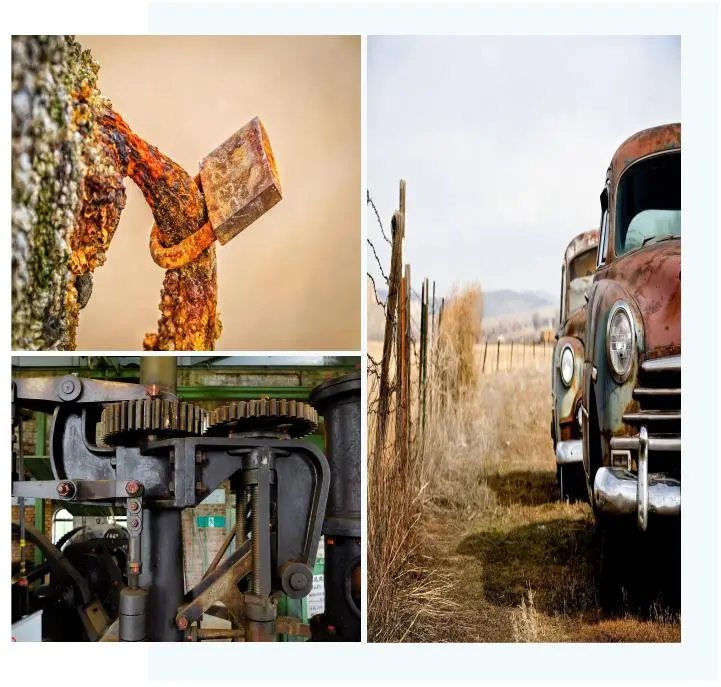 |
|
The Demand of Surface Treatment for Metals and Alloys
• China has become a fast-growing economy in the world in recent years. This fast growth, coupled with the development and implementations of Industry 4.0 technologies, a boost in infrastructure spending, and increased manufacturing incentives, has accelerated the railway, automobile, aerospace, architecture, electronics, and new energy industries. Various metal surface working operations are critical processes to ensure the success of the total manufacturing process. |
What is Surface Preparation?
• Surface preparation refers to the various methods used to treat the surface of a material before coating application and other procedures.
|
Removal of surface rust and old coatings:
• Rust is an oxide layer of the metal. Surfaces generally require old coatings to be removed before a new coating is applied. Stripping coatings back until a clean surface will help to mitigate problems like corrosion and lengthen asset lifespans. |
|
|
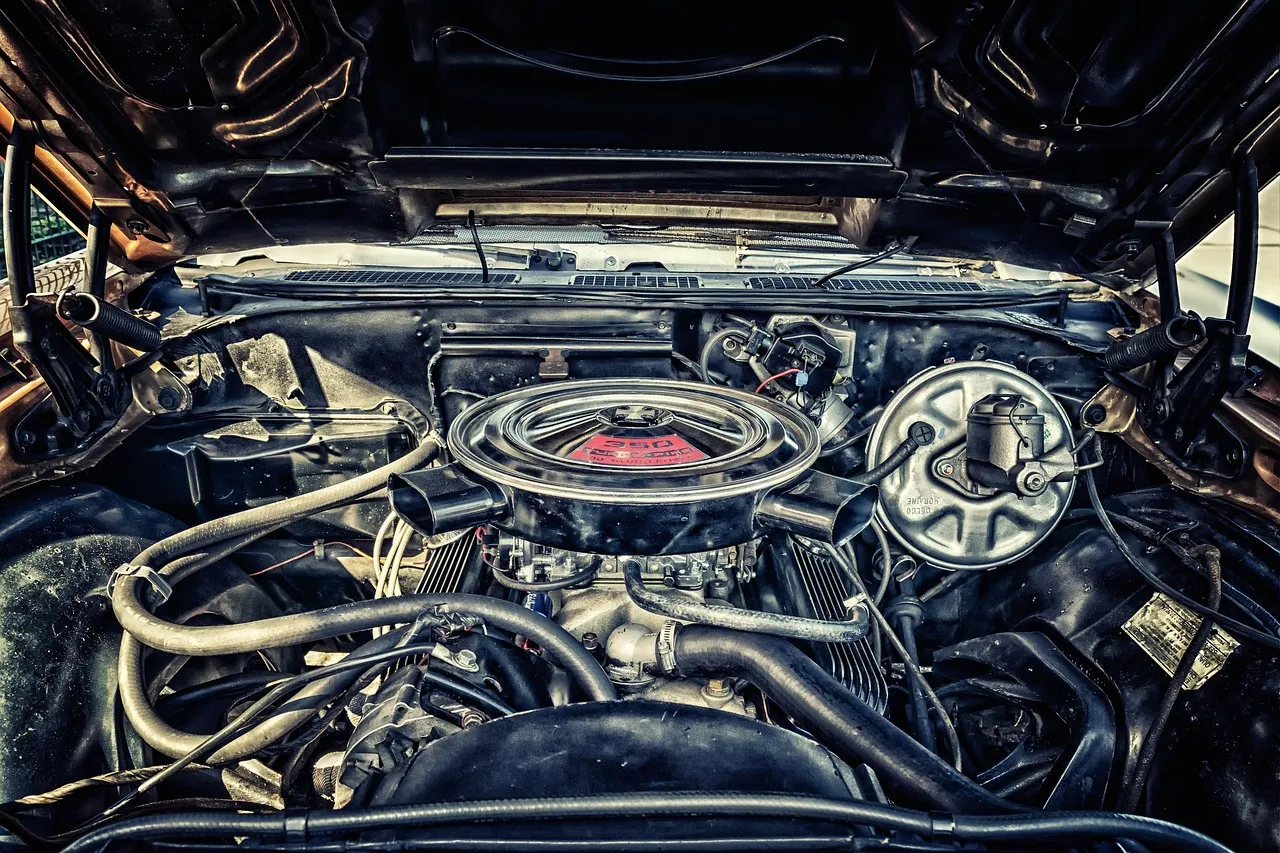 |
|
Aqueous or water cleaning:
• Aqueous cleaning is a process that uses water and chemical additives to get parts clean. The water is treated with a variety of chemicals. By removing residual liquids, such as rinse water or solvents, these techniques prevent contaminants from affecting the quality, adhesion, or functionality of the workpiece in the next manufacturing stage, like powder coating or soldering. |
|
Remove oil and grease:
• Oil removal is a basic preparatory step for metal surface treatment. Many surfaces in industrial settings come into contact with oils, grease, and other lubricants, all of which need to be removed so as not to compromise the bond strength between the substrate and the new coating. |
|
|
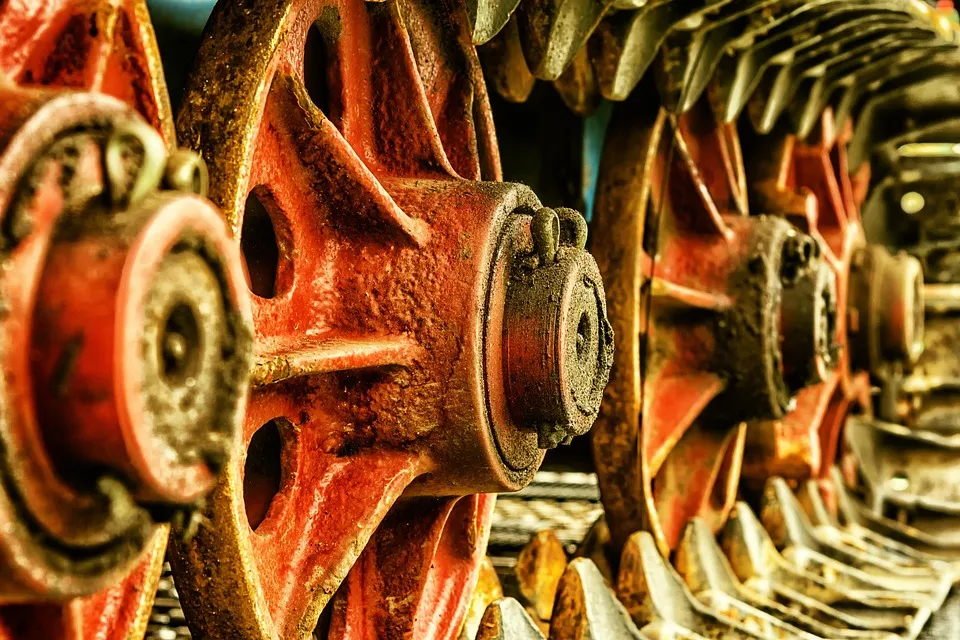 |
|
Corrosion Prevention:
• Corrosion is a naturally occurring process, which is defined as the degradation or deterioration of a substance and/or its properties, usually a metal, over a period of time due to environmental exposure. Besides the general forms of corrosion on metals or alloys, microbial adhesion and establishment of complex colonies and communities are also factors in the deterioration and corrosion of the underlying metal. Some chemical inhibition works pretty well in the ability of a coating system to release inhibitors to retard corrosion. |
|
James Chem Metal Surface Treatments
• James Chem adheres to a philosophy of social responsibility and sustainable development. We actively collaborate with upstream and downstream customers, universities, and research institutes. |
1. Sodium perborate monohydrate
• Metal cleaners, including borates, are commonly used to remove oil, grease, rust, and scale from metal surfaces. Highly alkaline detergent solutions (pH 9.5 or higher) are used almost exclusively as metal cleaners. More importantly, borates help promote the formation of passivated surface layers on metals and inhibit corrosion.
|
Surface Treatment Agents:
• Sodium perborate monohydrate is utilized in surface preparation of metals, where it helps to clean and remove oxide layers. Cleaning the surface ensures better adhesion for subsequent coatings, paints, or other treatments. Aqueous alkaline cleaning compositions can be effective in removing grease from steel sheets, aluminum workpieces, and their alloys, with the concentration of the cleaning batch amounting to between 0.1 and 20% by weight. Work with aluminum cleaners has shown that cleaners based on borate-polyphosphate systems with surfactants are very effective before anodizing, brightening, adhesive bonding, welding, enameling, chromating, and phosphating. |
|
|
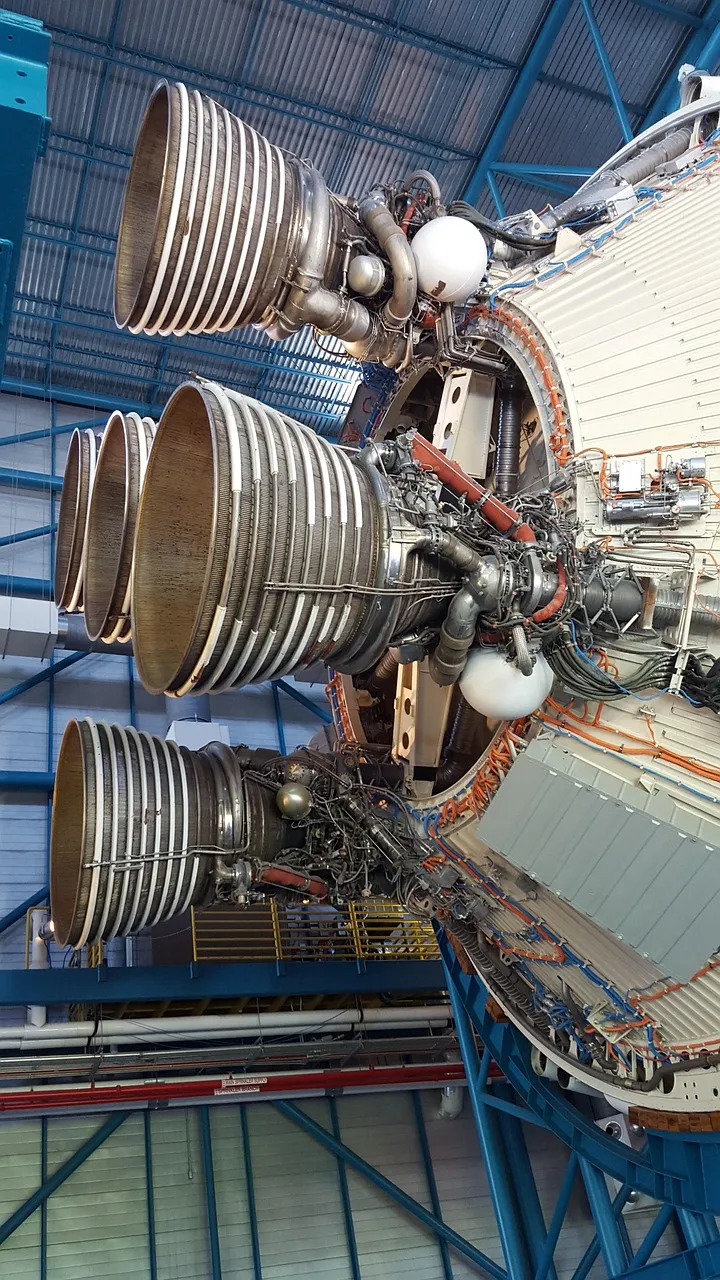 |
|
Corrosion Prevention:
• Sodium perborate monohydrate may also act as a component in corrosion prevention treatments for metal by forming a protective, passive film on metal surfaces, which extends the lifespan of metal components. Borates—providing detergency and corrosion inhibition—are the major ingredient in this type of metal cleaner (>50 wt% ), with the remainder consisting of sodium tripolyphosphate, sodium metasilicate, and nonionic surfactant. A copper-based corrosion inhibitor for metal in contact with a strong solution of sodium perborate and sodium oxalate, or potassium titanium oxide oxalate, can brighten the surfaces of steel. And copper-containing scale in pipes can be removed by alternatively heating with ammoniacal perborate solutions and 5% HCl with a corrosion inhibitor.
Microbial Control:
• Sodium perborate monohydrate has antibacterial properties, which reduce corrosion by discouraging the growth of microorganisms in water in contact with metals. Furthermore, it can extend the lifespan of metal components. Research has shown that reacting TAED with sodium perborates under acidic conditions provides an effective oxidizing agent and a broad-spectrum biocide. |
2. Hydrogen Peroxide
• Nitric acid and nitric acid + chromate solution have been applied effectively for surface treatment or passivation treatment of stainless steels. However, the regulation of wastewater quality demands that nitrogen and Cr (VI) ions have to be removed from the wastewater. H2O2 could be an effective alternative surface treatment method for passivation treatment of stainless steel, which proves the corrosion resistance of passivated stainless steel.
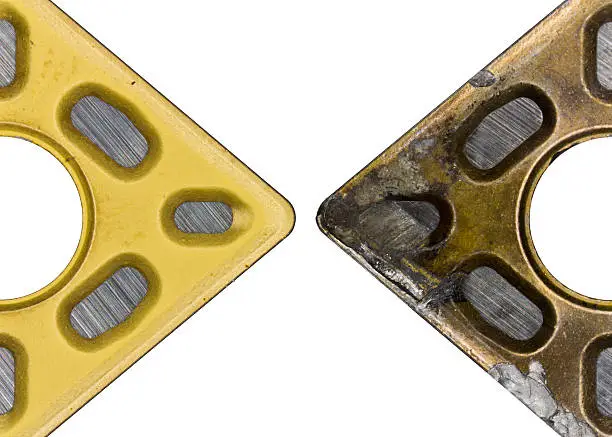 |
|
Green Passivating Agent:
• A newer method uses a combination of citric acid and hydrogen peroxide to form a chromium-oxide layer on stainless steel, providing a low-impact and effective alternative. The concentration of hydrogen peroxide is 1% by weight or more. If it is lower than 1% by weight, the oxidation effect is not sufficient, and a passive film excellent in corrosion resistance or pitting potential cannot be formed. There is no upper limit for the concentration of hydrogen peroxide. However, if it exceeds 15% by weight, even if film quality is sufficient, wastewater treatment will be required. |
3. Sodium percarbonate (SPC)
• Sodium percarbonate (SPC) can also be used as a metal surface treatment agent and electroplating detergent. Sodium percarbonate's oxidizing properties make it effective for cleaning and treating metal surfaces in various processes. It also serves as a detergent in electroplating baths, contributing to the thorough cleaning of metal parts before plating.
*We put ourselves in different customers' shoes from your perspective, serving you wholeheartedly and bringing value to your company. Please find James Chem domain experts for more details.
|
James Chem, Your Trusted Partner
We not only have standardized products but also provide a one-on-one customized solution. No matter what challenges we meet, we solve them together. Should you have any questions or needs related to the metal surface treatment agent, please do not hesitate to contact our service consultant. |
|
|
Related Products
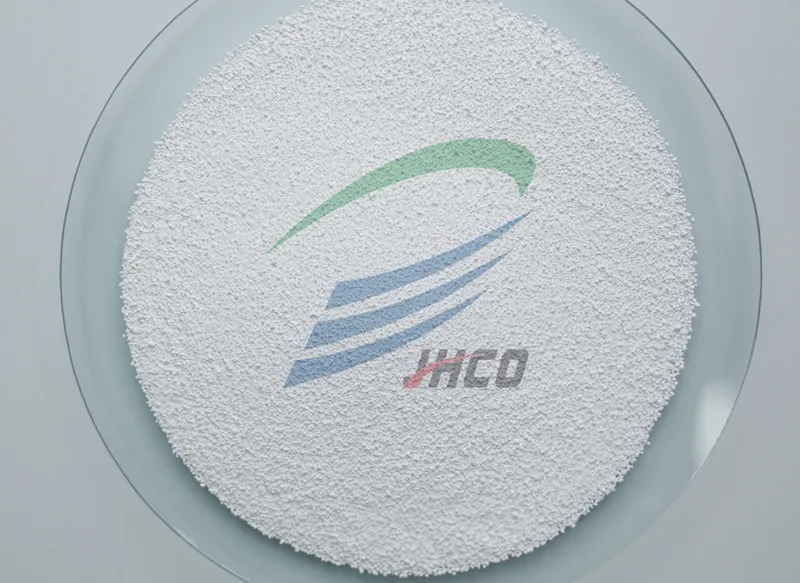 |
 |
 |
|
| Sodium Perborate | Hydrogen Peroxide Adduct | Sodium Percarbonate | |
The Demand of Surface Treatment for Metals and Alloys
• China has become a fast-growing economy in the world in recent years. This fast growth, coupled with the development and implementations of Industry 4.0 technologies, a boost in infrastructure spending, and increased manufacturing incentives, has accelerated the railway, automobile, aerospace, architecture, electronics, and new energy industries. Various metal surface working operations are critical processes to ensure the success of the total manufacturing process.

What is Surface Preparation?
• Surface preparation refers to the various methods used to treat the surface of a material before coating application and other procedures.
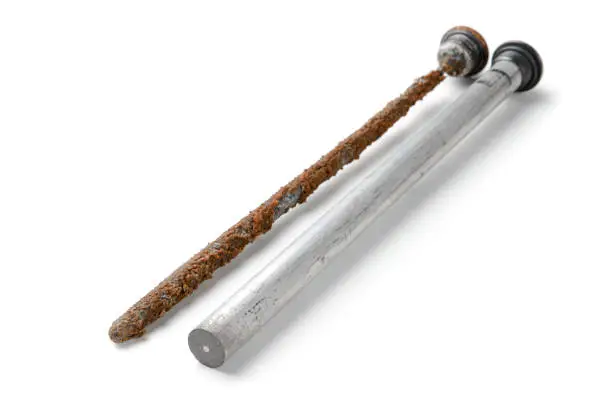
Removal of surface rust and old coatings:
• Rust is an oxide layer of the metal. Surfaces generally require old coatings to be removed before a new coating is applied. Stripping coatings back until a clean surface will help to mitigate problems like corrosion and lengthen asset lifespans.

Aqueous or water cleaning:
• Aqueous cleaning is a process that uses water and chemical additives to get parts clean. The water is treated with a variety of chemicals. By removing residual liquids, such as rinse water or solvents, these techniques prevent contaminants from affecting the quality, adhesion, or functionality of the workpiece in the next manufacturing stage, like powder coating or soldering.
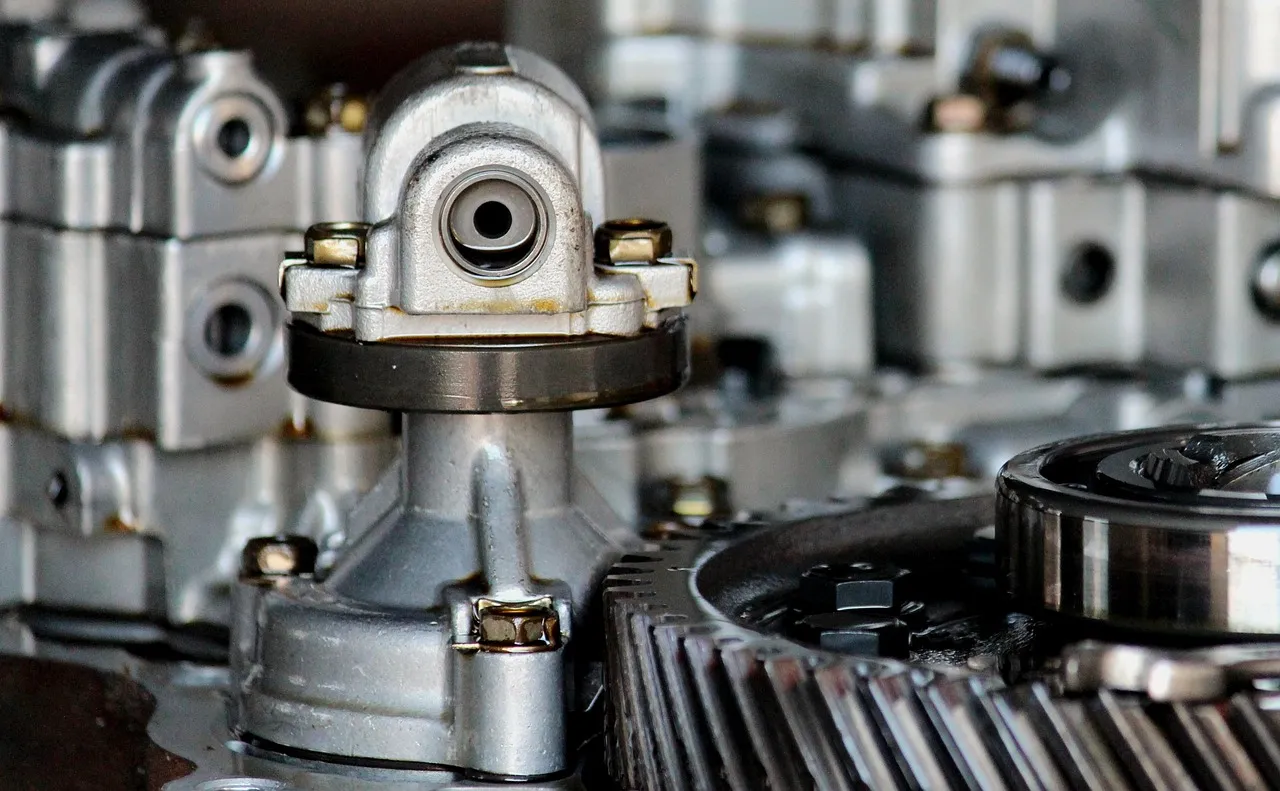
Remove oil and grease:
• Oil removal is a basic preparatory step for metal surface treatment. Many surfaces in industrial settings come into contact with oils, grease, and other lubricants, all of which need to be removed so as not to compromise the bond strength between the substrate and the new coating.

Corrosion Prevention:
• Corrosion is a naturally occurring process, which is defined as the degradation or deterioration of a substance and/or its properties, usually a metal, over a period of time due to environmental exposure. Besides the general forms of corrosion on metals or alloys, microbial adhesion and establishment of complex colonies and communities are also factors in the deterioration and corrosion of the underlying metal. Some chemical inhibition works pretty well in the ability of a coating system to release inhibitors to retard corrosion.
|
James Chem Metal Surface Treatments
•James Chem adheres to a philosophy of social responsibility and sustainable development. We actively collaborate with upstream and downstream customers, universities, and research institutes.
|
1. Sodium perborate monohydrate
• Metal cleaners, including borates, are commonly used to remove oil, grease, rust, and scale from metal surfaces. Highly alkaline detergent solutions (pH 9.5 or higher) are used almost exclusively as metal cleaners. More importantly, borates help promote the formation of passivated surface layers on metals and inhibit corrosion.
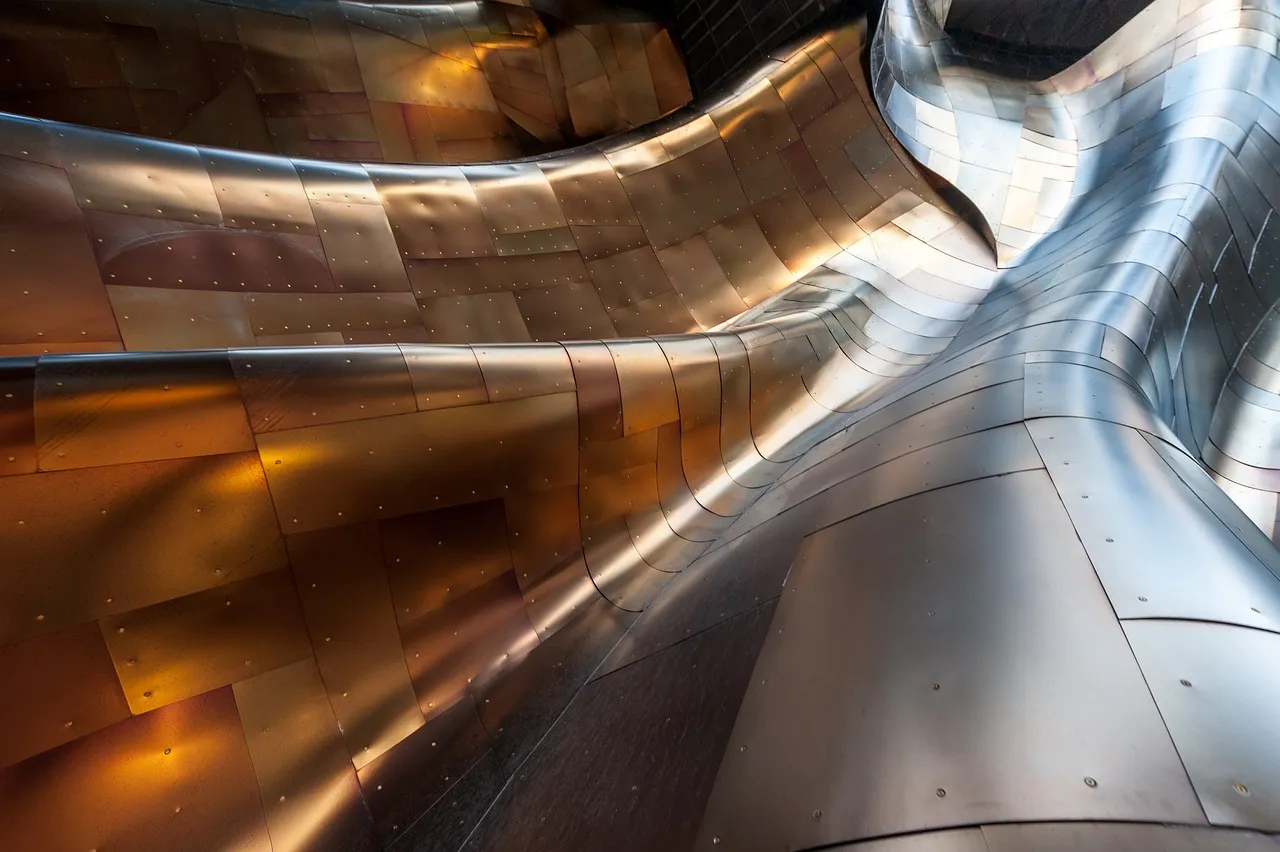
Surface Treatment Agents:
• Sodium perborate monohydrate is utilized in surface preparation of metals, where it helps to clean and remove oxide layers. Cleaning the surface ensures better adhesion for subsequent coatings, paints, or other treatments. Aqueous alkaline cleaning compositions can be effective in removing grease from steel sheets, aluminum workpieces, and their alloys, with the concentration of the cleaning batch amounting to between 0.1 and 20% by weight. Work with aluminum cleaners has shown that cleaners based on borate-polyphosphate systems with surfactants are very effective before anodizing, brightening, adhesive bonding, welding, enameling, chromating, and phosphating.

Corrosion Prevention:
• Sodium perborate monohydrate may also act as a component in corrosion prevention treatments for metal by forming a protective, passive film on metal surfaces, which extends the lifespan of metal components. Borates—providing detergency and corrosion inhibition—are the major ingredient in this type of metal cleaner (>50 wt% ), with the remainder consisting of sodium tripolyphosphate, sodium metasilicate, and nonionic surfactant. A copper-based corrosion inhibitor for metal in contact with a strong solution of sodium perborate and sodium oxalate, or potassium titanium oxide oxalate, can brighten the surfaces of steel. And copper-containing scale in pipes can be removed by alternatively heating with ammoniacal perborate solutions and 5% HCl with a corrosion inhibitor.
Microbial Control:
• Sodium perborate monohydrate has antibacterial properties, which reduce corrosion by discouraging the growth of microorganisms in water in contact with metals. Furthermore, it can extend the lifespan of metal components. Research has shown that reacting TAED with sodium perborates under acidic conditions provides an effective oxidizing agent and a broad-spectrum biocide.
2. Hydrogen Peroxide
• Nitric acid and nitric acid + chromate solution have been applied effectively for surface treatment or passivation treatment of stainless steels. However, the regulation of wastewater quality demands that nitrogen and Cr (VI) ions have to be removed from the wastewater. H2O2 could be an effective alternative surface treatment method for passivation treatment of stainless steel, which proves the corrosion resistance of passivated stainless steel.

Green Passivating Agent:
• A newer method uses a combination of citric acid and hydrogen peroxide to form a chromium-oxide layer on stainless steel, providing a low-impact and effective alternative. The concentration of hydrogen peroxide is 1% by weight or more. If it is lower than 1% by weight, the oxidation effect is not sufficient, and a passive film excellent in corrosion resistance or pitting potential cannot be formed. There is no upper limit for the concentration of hydrogen peroxide. However, if it exceeds 15% by weight, even if film quality is sufficient, wastewater treatment will be required.
3. Sodium percarbonate (SPC)
• Sodium percarbonate (SPC) can also be used as a metal surface treatment agent and electroplating detergent. Sodium percarbonate's oxidizing properties make it effective for cleaning and treating metal surfaces in various processes. It also serves as a detergent in electroplating baths, contributing to the thorough cleaning of metal parts before plating.
*We put ourselves in different customers' shoes from your perspective, serving you wholeheartedly and bringing value to your company. Please find James Chem domain experts for more details.
James Chem, Your Trusted Partner
We not only have standardized products but also provide a one-on-one customized solution. No matter what challenges we meet, we solve them together. Should you have any questions or needs related to the metal surface treatment agent, please do not hesitate to contact our service consultant.

Related Products
Sodium Perborate
Hydrogen Peroxide Adduct
Sodium Percarbonate
